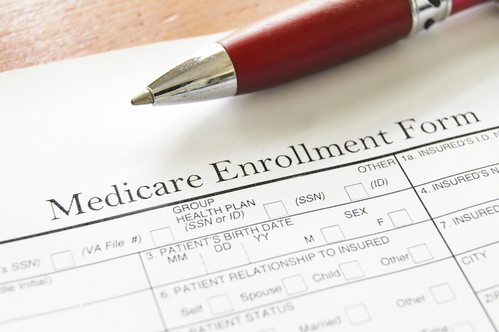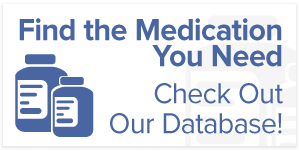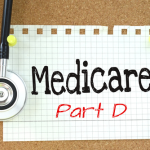Need-to-Know Facts About Medicare’s Drug Prescription Plans
If you have Medicare insurance, you might be wondering what kind of drug prescriptions plans are available to you. Everything you need to know about Medicare’s drug prescription plans can be found in Part D, an overture of which is provided below.
About Medicare Part D
Medicare Part D, also called the Medicare prescription drug benefit, is a U.S government program. Through this program, people on Medicare can have access to expensive prescription medications and prescription drug insurance premiums. Anyone on Medicare can have access to this prescription drug benefit as long as their private plans have been approved by the federal government. As of last year, roughly 41 million people enrolled in the Part D plan.
Enrollment for Medicare Part D
If you are not currently covered by the Part D plan, the enrollment period is open from October 15 to December 7 every year. During this time, Medicare beneficiaries can enroll in Prescription Drug Plans (PDPs). PDPs are stand-alone plans offered as part of Part D that add drug coverage to the benefits of Original Medicare.
Medicare Plan D PDP Availability in 2017
This year, the number of PDPs offered nationwide has decreased so much that it is the smallest number on record since Plan D was launched in 2006. In fact, PDP availability has seen a 16% reduction since last year and a 25% reduction since 2015. Despite this, multiple PDPs will continue to be made available to Medicare beneficiaries from every state.
The Low-Income Subsidy (LIS) Program
You might be worried about your eligibility for one of Medicare’s drug prescription plans if you have low income. If this is the case, Part D’s Low-Income Subsidy (LIS) program might be useful. This program offers premium and cost-sharing assistance for those with low incomes who want to enroll in Part D drug prescription coverage. For more information, click here.
Issues with Medicare Plan D Costs and Negotiation
Although it’s great that drug prescriptions plans are getting more attention, there is a downside. Drug prescription plans have become more of a necessity than a luxury in recent years. This is because prescription drug spending, especially in Medicare’s Plan D, has increased exponentially. Between 2006 and 2013, the average growth annual rate in Part D costs per beneficiary was about 3.6%. This increased to a staggering 8.4% the following two years and is likely to increase by roughly 6% by 2025.
Additionally, Medicare’s Part D per capita growth rate is projected to be considerably higher than the growth rate of other Medicare plans. Why? Because of the higher costs of specialty prescription drugs that are included in Plan D. As of 2015, the benefits of Part D make up 13.7% of total Medicare spending. By 2025, this is expected to have increased to 17.8%.
So, what exactly does this all mean? Simply put, Plan D is projected to get more expensive over time. This is problematic for the beneficiaries who have a modest income, the very demographic that Plan D serves. Learning more about Medicare’s private plans— and whether or not their discounts and rebates are negotiable— has become an important part of measuring how well the plans are able to handle the consistent rise in prescription drug costs. This, however, has proven challenging for most people since drug-specific discount and rebate information is not disclosed by the Centers for Medicare & Medicaid Services (CMS). How, then, can you choose the best drug prescription plan for yourself when you can’t access the information you need?
Is Plan D Really Worth It?
The purpose of the Medicare Plan D drug benefit is to reduce the amount of out-of-pocket prescription spending for its beneficiaries. This plan was structured to be especially appealing to those with modest incomes and/or expensive drug prescriptions. However, the limited number of PDPs available and the steady increase in brand-name prescription drug costs make Plan D expensive. Enrollees might actually end up spending more than they did without the coverage. With this in mind, very few people on Medicare actually take the opportunity to switch to Plan D, even when they have the chance to do in a three-month window every year.
Drug Prescription Plans Available at Advocate My Meds
A lot of counterintuitive trends that have emerged in prescription drug coverage. If anything, this highlights the importance of taking the time to compare drug prescription plans. Due to the factors listed above, many people are losing or canceling their Medicare plans in favor of ones that are more suited to their individual needs. If you have lost your Medicare coverage or are not planning to renew it because it’s gotten too expensive, this doesn’t mean that you can’t get the coverage you need. At Advocate My Meds, we can help you get access to the medications you need. We invite you to review our medications directory for more information about all the prescription drugs we cover. If you have any questions about your eligibility for our program or about our enrollment process, feel free to contact us at 877-596-1604.







